- Have any questions?
- +86-189 8930 5995
- sales@mosinterchem.com.cn
josamycin CAS 16846-24-5

carbenicillin CAS 4697-36-3
10/12/2018
Doxycycline monohydrate CAS 17086-28-1
10/12/2018| Model: | MOS16846-24-5 |
| CAS: | 16846-24-5 |
| Molecular formula: | C42H69NO15 |
| Molecular weight: | 827.995 |
| Density: | 1.2g/cm3 |
| Boiling point: | 877.8°C at 760 mmHg |
| Flash point: | 484.7°C |
| Refractive index: | 1.534 |
| Vapour Pressur: | 0mmHg at 25°C |
Josamycin (CAS: 16846-24-5)
| Molecular Formula | C42H69NO15 |
| Molecular Weight | 827.995 |
| Density | 1.2g/cm3 |
| Boiling point | 877.8°C at 760 mmHg |
| Refractive index | 1.534 |
| Flash point | 484.7°C |
| Vapour Pressur | 0mmHg at 25°C |
| Molecular Structure |
Josamycin is a macrolide antibiotic. It is synthesized from strains of Streptomyces narbonensis var. josamyceticus var
Currently sold in various countries.
Brand examples are:
Europe: Josalid, Josacine, Iosalide, Josamina. Russia: Wilprafen (Вильпрафен). Japan: Josamy.
Adverse effects
There has been a case report of oedema of the feet
White or yellowish white crystalline powder, odorless, bitter taste, easily soluble in alcohol, ether, chloroform, very slightly soluble in water, petroleum ether. The new product is a broad spectrum antibiotic macrolide antibiotics, and erythromycin approximation. Staphylococcus, streptococcus, pneumococcus, meningococcus and pertussis, clostridium, diphtheria, anthrax, brucellosis, Legionella, spiral bacteria, mycoplasma, rickettsia, chlamydia, spirochetes, etc. also good antibacterial effect. Mainly used in clinical respiratory system, otorhinolaryngology and dermatology and biliary site infections caused by susceptible strains.
The product is novel macrolide antibiotics broad spectrum antimicrobial, and erythromycin approximation. Staphylococcus, streptococcus, pneumococcus, meningococcus and pertussis, clostridium, diphtheria, anthrax, brucellosis, Legionella, spiral bacteria, mycoplasma, rickettsia, chlamydia, spirochetes, etc. also good antibacterial effect. Mainly used in clinical respiratory system, otorhinolaryngology and dermatology and biliary site infections caused by susceptible strains. The product is mainly characterized by rapid oral absorption, fast and wide distribution, high tissue and organ concentrations. In particular there is a higher concentration in the trachea mucus and bile. Use safer, side effects.
Dose, adult oral 1 ~ 2 (0.2g ~ 0.4g) / time, 3 to 4 times / day; children daily 30mg / kg, three to four times a day orally.
Pharmacological effects
Antibacterial properties and erythromycin phase approximation. Staphylococcus, Streptococcus (including fecal streptococcus, Streptococcus pneumoniae, Streptococcus pyogenes, etc.), Clostridium tooth cell bacteria, diphtheria bacillus, Bacillus anthracis, Neisseria, Brucella, Legionella, Campylobacter , mycoplasma, rickettsia, chlamydia and other antibacterial effect. Widely distributed in the body, sputum and bile in high concentrations can be formed, but not through the normal blood-brain barrier. Josamycin as a single component 14-membered ring macrolide antibiotics, antibacterial spectrum and antibacterial activity and erythromycin similar, Staphylococcus aureus, Streptococcus pneumoniae, and the average MIC hemolytic streptococcus were 2mg /L,0.009mg/L and 0.3mg / L. Enterococcus role and erythromycin similar, MIC mostly 1 ~ 5mg / L. Influenza, Bordetella pertussis, meningococcal and gonococcal also have a role. Most anaerobic josamycin sensitive, especially digestive bacteria, digestion Streptococcus, Gram-positive bacilli without spores, which MIC90≤2mg / L. Bacteroides fragilis and other Bacteroides genus MIC50 of 2mg / L. The product can penetrate into the cells, pathogens within the mycoplasma, Chlamydia, Legionella and Campylobacter and other cells also with a certain activity. Can stimulate phagocyte bactericidal function and other body immune function. Josamycin and erythromycin different, do not induce staphylococci produce macrolide antibiotic resistance.
dynamics
Dayton clothing Josamycin 1g peak plasma concentration after 1h up to 3.22mg / L. Blood clearance half-life of about 1.7h. Within 12h urinary excretion of 2.16% of the administered dose. After oral 1g, concentration in aqueous humor and prostate were 0.4μg / ml and 4.3μg / g; higher drug concentrations after continuous administration of the organization, more than most of Gram-positive bacteria and most anaerobic The minimum inhibitory concentration.
Indications
Caused by susceptible strains of the clinical application of the oropharynx, respiratory tract, lungs, sinuses, middle ear, skin and soft tissue, biliary tract and other parts of the infection. Mainly used for Staphylococcus, Streptococcus pneumoniae and anaerobic bacteria caused light to moderate infections such as pyoderma, Boil, postoperative wound infections, otitis media, sinusitis, tonsillitis, bronchitis, pneumonia, periodontal abscess. Treatment abroad for more than 27,090 cases of infection, 92.9%. For the treatment of domestic mouth, eyes, ears, nose, throat, skin and soft tissue and respiratory tract infections, significant efficiency 88% bacterial eradication rate of over 90%.
Dosage
A 0.2-0.4g, 3-4 times a day. Children day per kilogram of body weight 30mg, 3-4 times with, fasting with good absorption. Should swallow whole.
(1) Josamycin base tablets should be swallowed whole piece, so as not to lose contact with the acid titer.
(2) propionic acid ester compound josamycin genus, without affecting gastric acid, can be made into granules for children to use, dosage as before.
(3) Other See erythromycin for instructions. Adult daily 800 ~ 1200mg, severe infections may be increased to 1600mg, children daily 30mg / kg, three to four times a day orally.
Adverse reactions
It can cause skin rashes and gastrointestinal reactions: nausea, vomiting, loss of appetite, bloating, diarrhea. Adverse reactions to the product slightly. Gastrointestinal reactions were mild than erythromycin, there may be an upset stomach, loss of appetite. Occasional eruption, found no liver damage and other adverse reactions.
1, gastrointestinal adverse reactions occasional diarrhea, nausea, vomiting, upper abdominal pain, tongue pain, loss of appetite. The incidence and dose size.
2, fatigue, nausea, vomiting, abdominal pain, fever and liver dysfunction and other symptoms of liver toxicity is rare, occasionally jaundice and so on.
3, large doses of the product.
4, occasional allergic reactions, manifested as drug fever, rash, increase in the number of eosinophils.
5. Other: occasional arrhythmia, oral or vaginal candidiasis.
Taboo
This allergy is disabled.
Precautions
1, patients in a drug macrolide antibiotics (such as erythromycin) when allergic or intolerant to other macrolides (such as the product) may allergic or intolerant.
2, hemolytic streptococcus infection with the goods need to continue therapy for at least 10 days, in order to prevent the occurrence of acute rheumatic fever.
3, renal dysfunction, who generally do not need to reduce the dosage.
4, taking the product should be followed up regularly during the liver function. Patients with liver disease and severe renal impairment the dose should be reduced appropriately.
5, the interference of the laboratory parameters: serum alkaline phosphatase, bilirubin, alanine aminotransferase and aspartate amino measured value transferase enzyme are likely to increase.
6, there are some differences due to different bacterial sensitivity of the crystal, it should make the determination sensitivity.
interaction
The product does not affect the role of hepatic drug-metabolizing enzymes, and theophylline, oral contraceptives, and cyclosporine and other non-incompatibility. It can be safely used in asthma, chronic bronchitis, emphysema and other respiratory diseases combined patient susceptible to infection.
1, the product which may interfere with penicillin bactericidal activity when used in combination.
2, the product of the metabolism of other medicine aminophylline little effect.
You must be logged in to post a review.

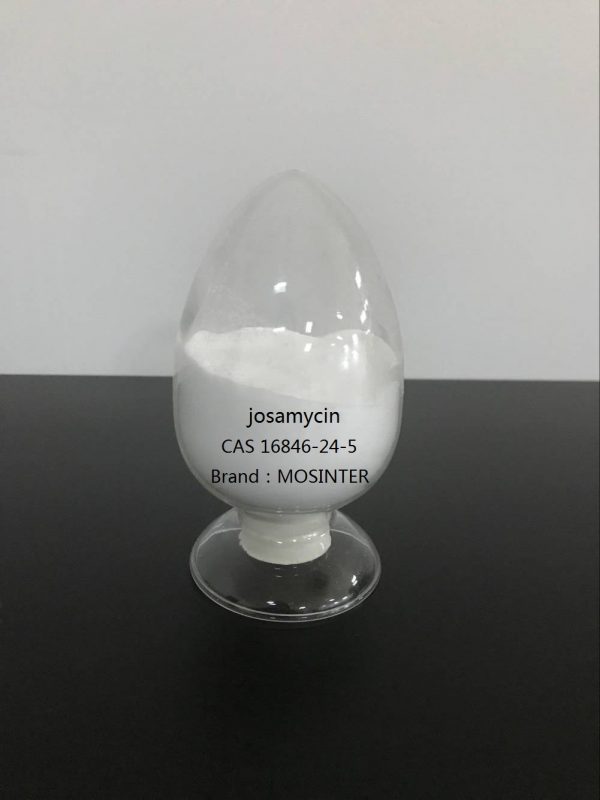
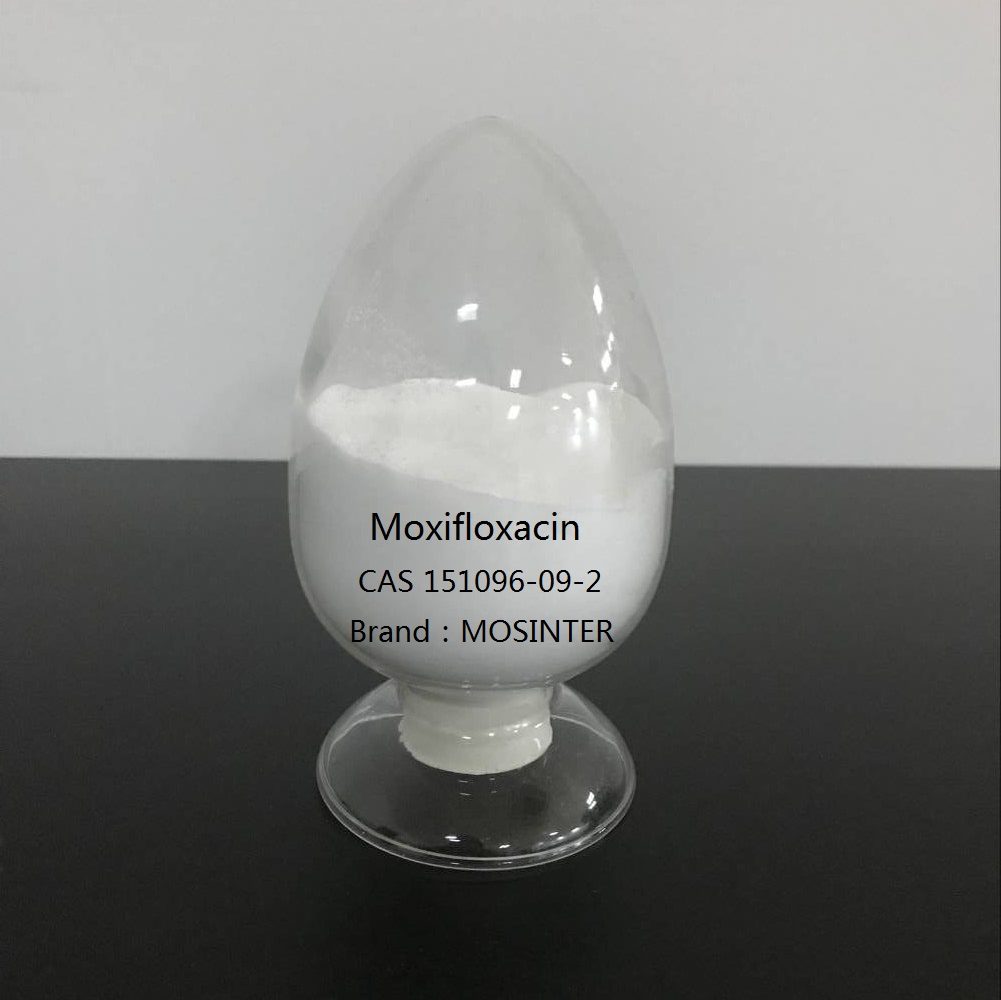
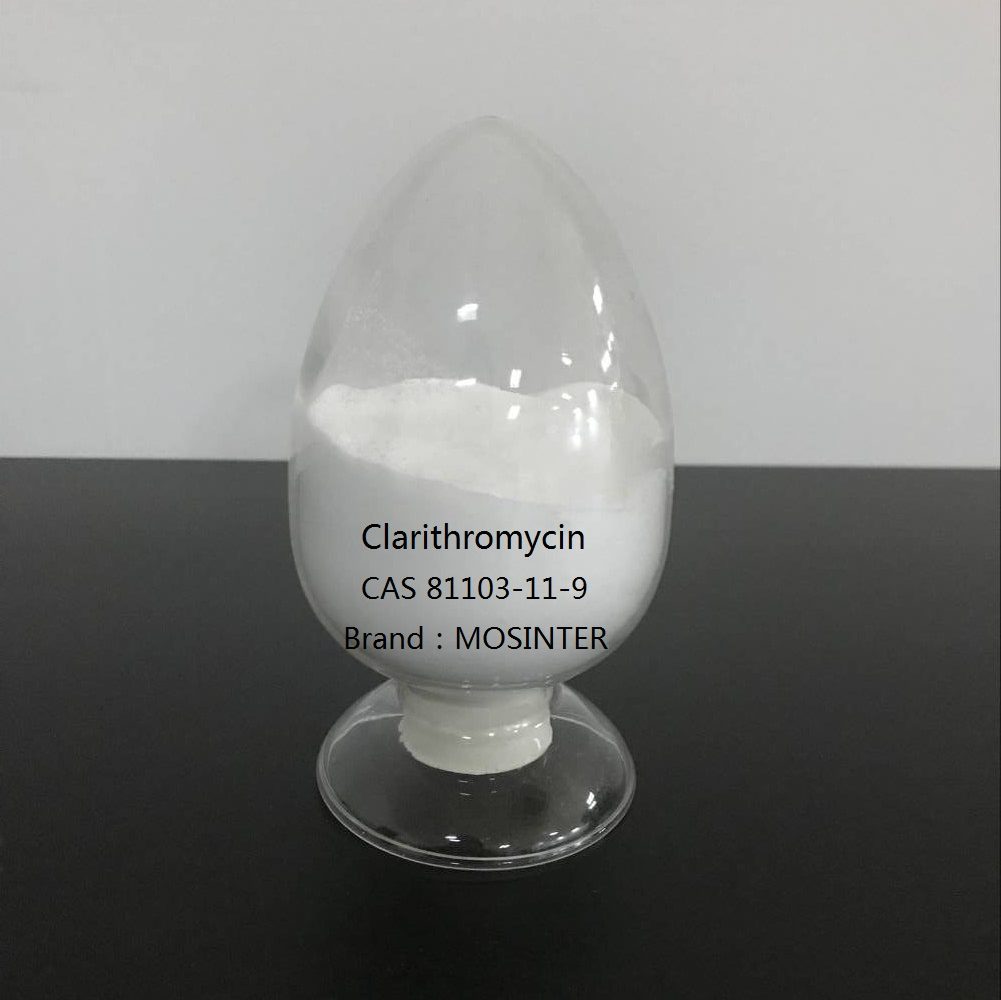
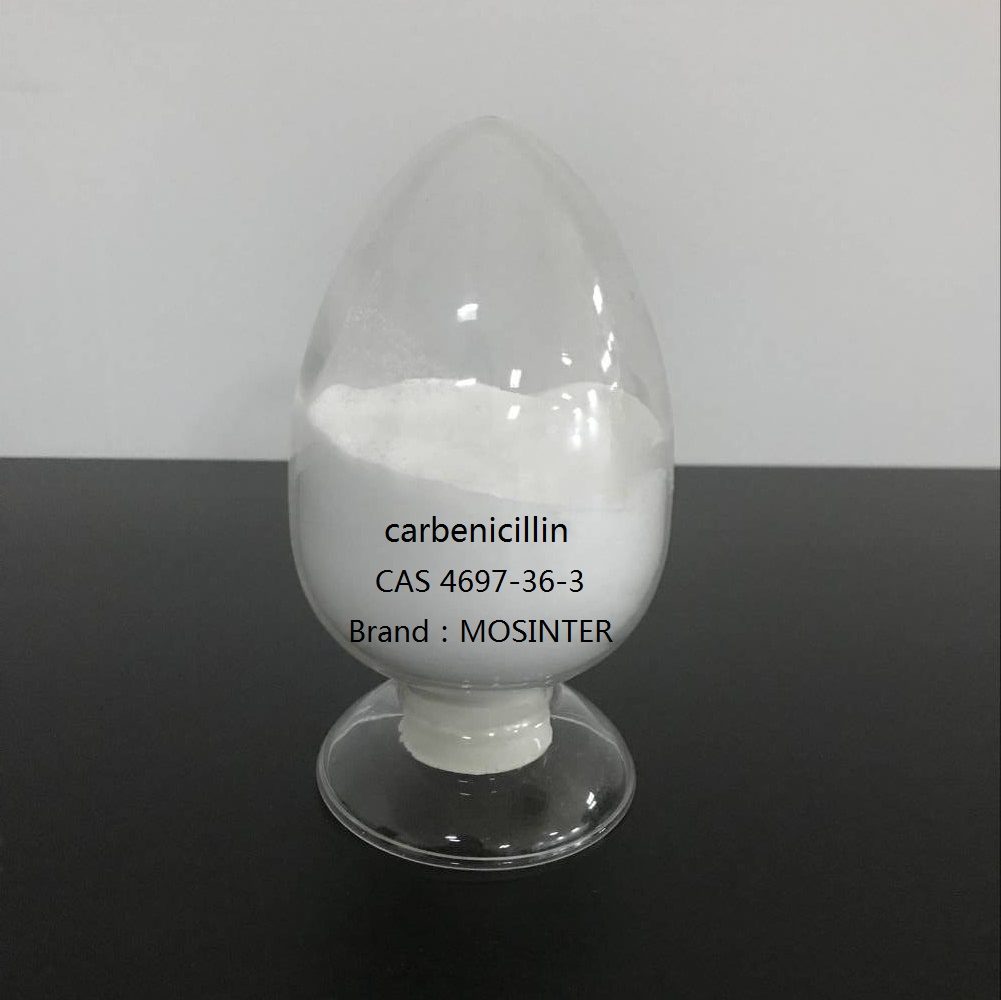
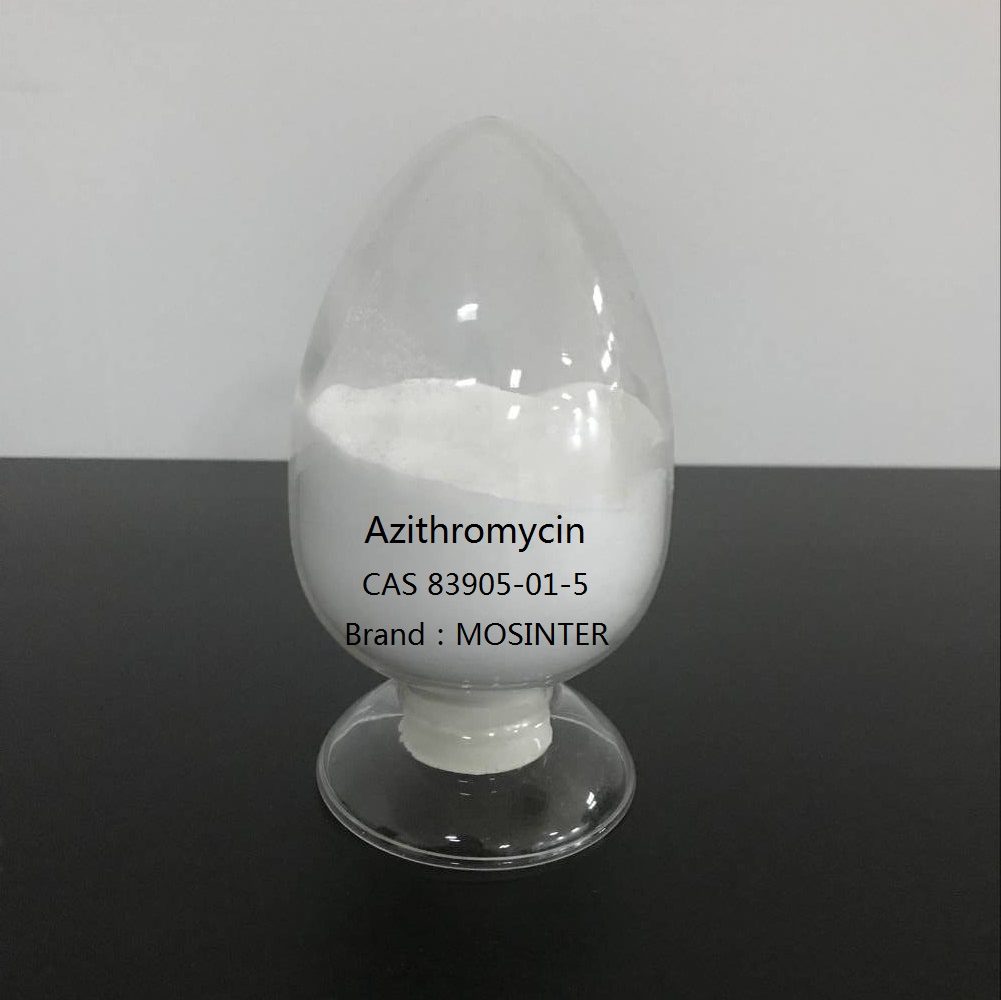
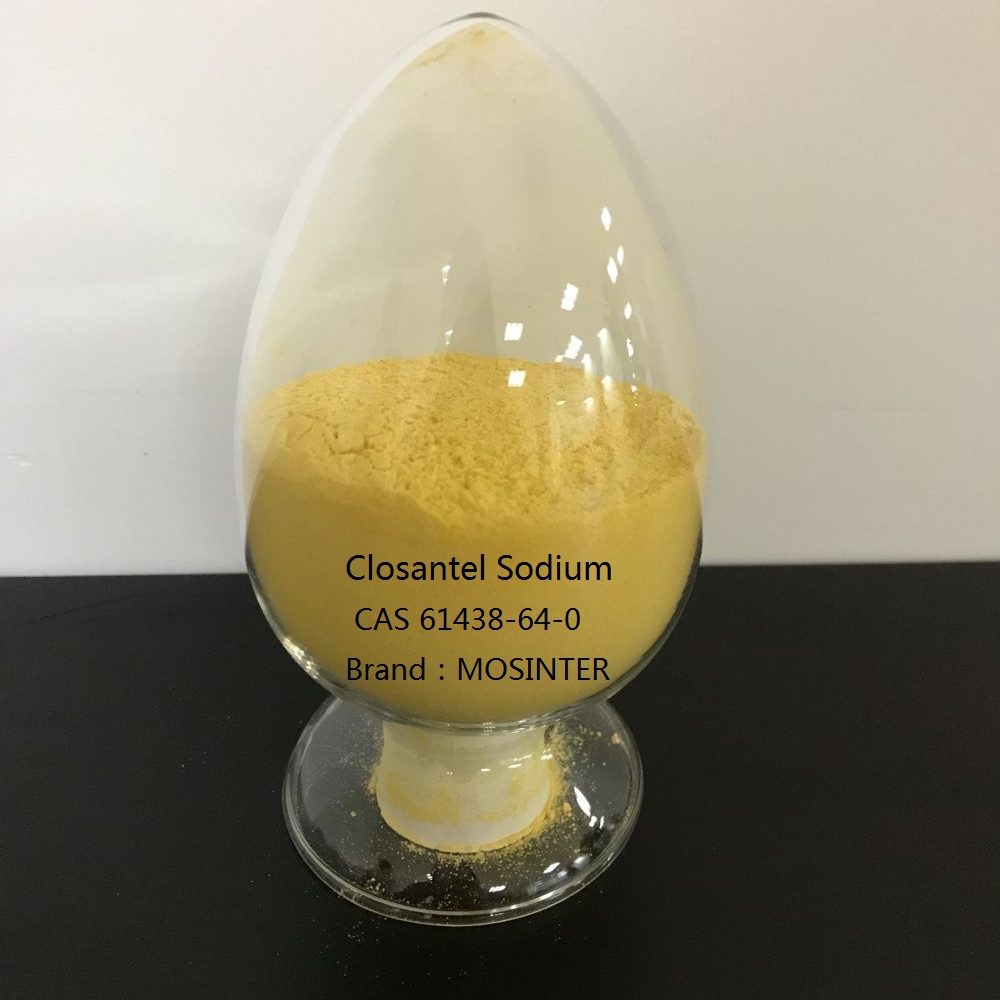
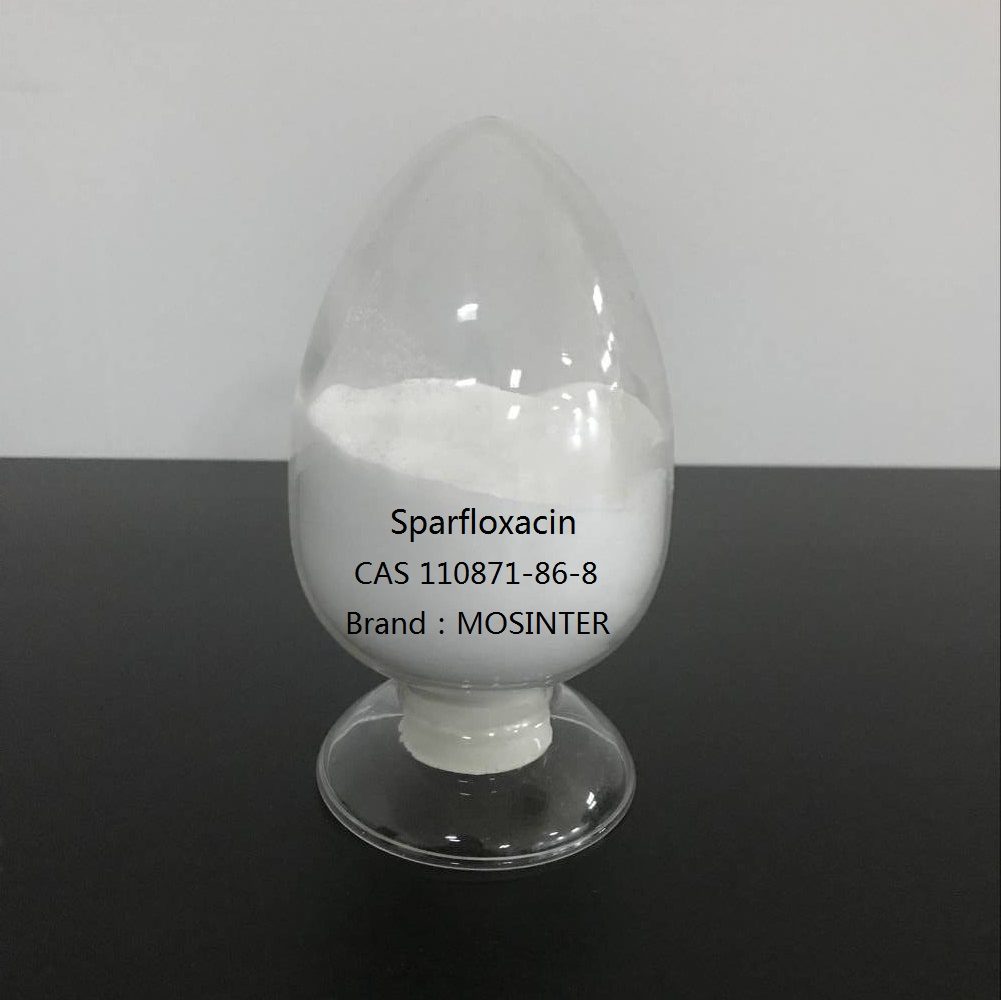
Reviews
There are no reviews yet.